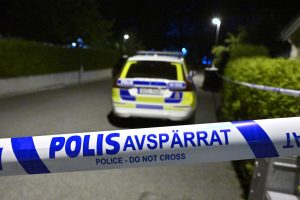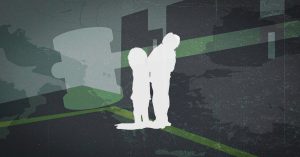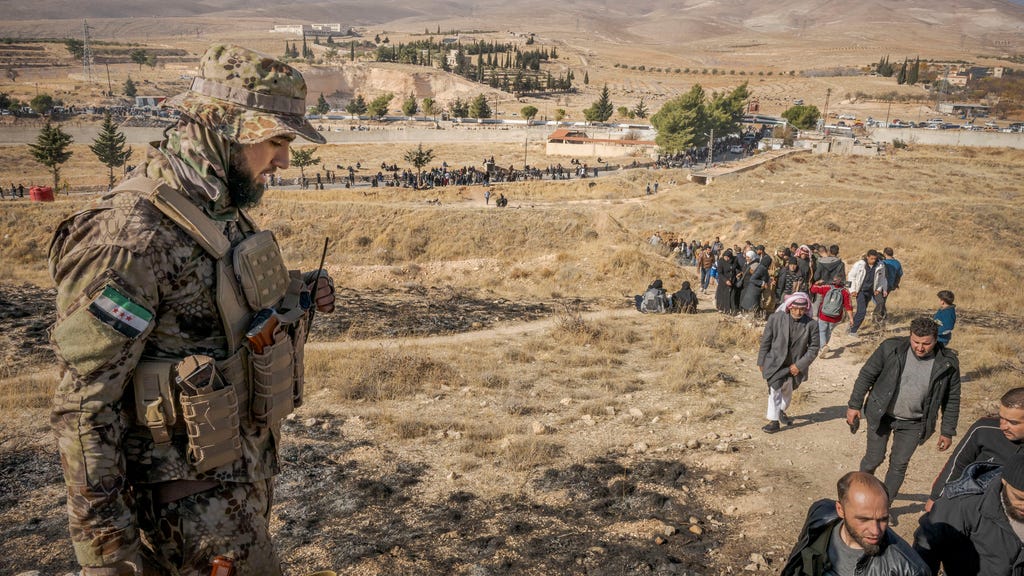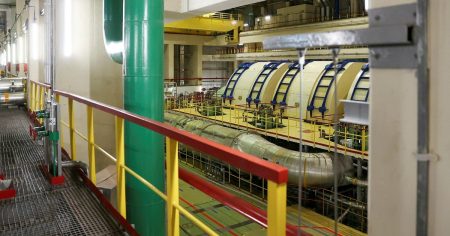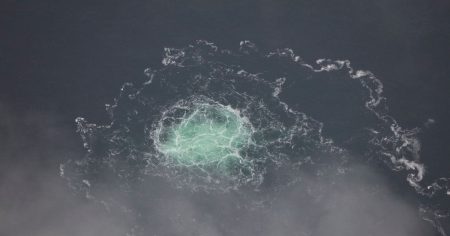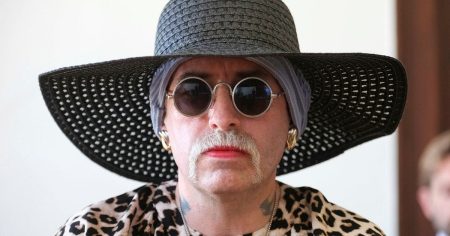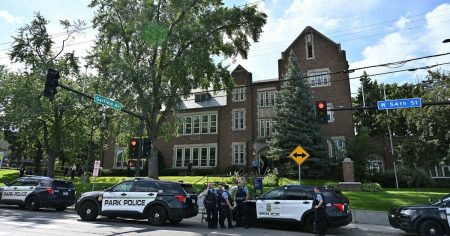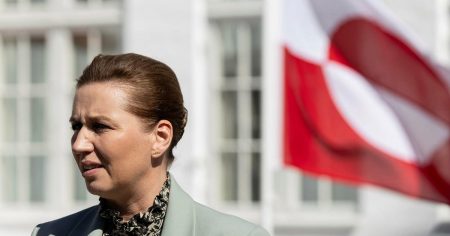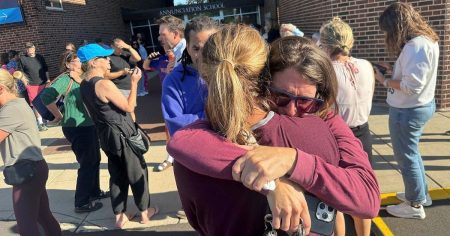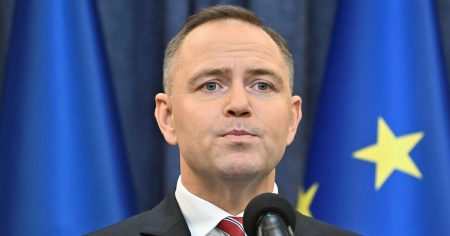The air hung thick with the acrid scent of burning grass, cheap gasoline, and cigarette smoke. After miles of desolate Syrian roads, we were suddenly engulfed in a chaotic swarm of cars, mopeds, and people. The final kilometers to Saydnaya, Syria’s most notorious prison, were traversed on foot, the throng of people ascending the mountain towards the prison buildings too dense for vehicles.
Saydnaya Prison, located 25 kilometers north of Damascus, stands as a stark symbol of the Assad regime’s brutal tyranny. The exact number of people imprisoned within its walls over the decades remains unknown. Over the years, fragmented reports have emerged, detailing the arrests of political dissidents, children, and individuals accused of disloyalty to the regime without substantial evidence. Human rights organizations have revealed the horrific truth of tens of thousands of deaths within Saydnaya, executions by hanging carried out in secrecy, without trial or notification to families. The prison represents a dark chapter in Syria’s history, a place where justice and human rights were systematically extinguished.
Aliya, accompanied by her family, struggled up the steep incline, carrying shovels, a pickaxe, and a sledgehammer, tools shared by many in the crowd. Her four brothers had been imprisoned for over two decades, and she had arrived in Damascus the previous day, desperate to find them. She was not alone in her quest. A group of others joined us, clutching faded photographs, portraits of boys and men who, if still alive, would be unrecognizable after years of confinement. Abdallah Ahmad Salloum, a graying man searching for his sons, voiced the collective anguish: ”There are probably millions imprisoned in Syria that we don’t know about. Our loved ones could be anywhere. They may be starving in secret cells right now, while we stand here and talk.” The desperation and uncertainty were palpable.
Initially, the purpose of the tools was unclear. The prison had been liberated, shouldn’t the prisoners simply be able to walk out? Aliya explained her chilling theory: ”It’s said that part of the prison is four stories underground. I think my four brothers are far down below ground, but no one knows where the entrance is.” The possibility of hidden chambers and underground cells added another layer of complexity to the already grim situation. This intensified the urgency of the search, transforming the scene into a frantic excavation of hope against a backdrop of despair.
A loud bang followed by gunfire erupted from the prison building, perched atop the hill. People began to run. “I think they’ve found some,” shouted a young man, scrambling past parked cars and armed rebels, his pickaxe raised. We climbed over downed barbed wire, across sandy hills dotted with burnt grass. The path, steep and precarious, was well-trodden, a testament to the countless family members who had made the same desperate pilgrimage, seeking any sign of their loved ones. Descending the hill, we met a man with a red keffiyeh and an automatic weapon slung over his shoulder, a member of the HTS rebels. He too was searching, his brother lost within the prison’s labyrinth. “A man had dug under the elevators in the main building, gone down, and found empty cells. No signs of life. My brother is gone,” he said. Even the liberators were burdened by loss and uncertainty.
The atmosphere was charged with emotion. The Syrian people had been freed from their dictator, but the cost was immeasurable, lives shattered and families torn apart. The man’s words, ”We are in this together, all Syrians,” resonated deeply, highlighting the shared trauma and collective search for closure. The chaotic aftermath of the prison’s liberation added to the confusion. Freed prisoners, disoriented and unaware of the passage of time, stumbled out of the prison. The scene was overwhelming, a mix of relief, confusion, and despair. The doors were temporarily closed to restore order, leading to the renewed influx of anxious families when they reopened. A woman, overcome with grief and anger, confronted me, accusing me of being there for “likes” and demanding I ”tell Moscow to send back al-Assad.” She represented the raw, unfiltered emotions of a nation grappling with the aftermath of tyranny. Another bystander intervened, explaining, ”We are all very upset, but you shouldn’t take it personally. Actually, everyone thinks it’s good that the world knows what it’s like in Syria.” The woman’s outburst, while jarring, underscored the depth of pain and the complex mix of emotions swirling in the aftermath of liberation.
The sounds of weeping and shuffling feet were abruptly punctuated by the roar of military aircraft breaking the sound barrier. Moments later, a bomb detonated nearby, sending a plume of smoke into the sky. “It’s Israel. They think there’s a missile factory there,” a man searching for his son-in-law commented casually. The constant threat of violence had become normalized, a chilling testament to the enduring instability of the region. On the prison roof, people scanned the horizon, some taking selfies, a surreal juxtaposition of the mundane and the horrific. Armed HTS rebels stood guard, trucks loaded with confiscated documents and papers shuttling back and forth. Hope remained that the captured surveillance footage might hold answers, a glimmer of light in the pervasive darkness. Despite intensive search efforts, no hidden prisoners were found. Turkey announced it would send a team with rescue workers and specially trained search dogs. Descending the mountain, we encountered Aliya and the others, their hopes dashed. They had found nothing. The search continued, a testament to the enduring power of hope in the face of overwhelming loss. The liberation of Saydnaya was not an ending, but a painful new chapter in the ongoing struggle for justice and healing in Syria.



